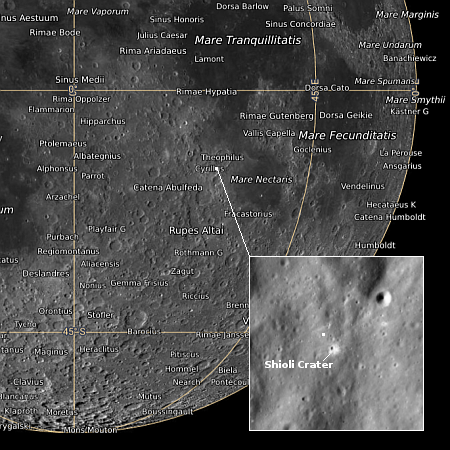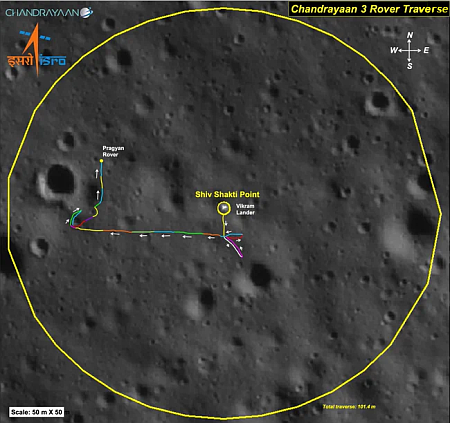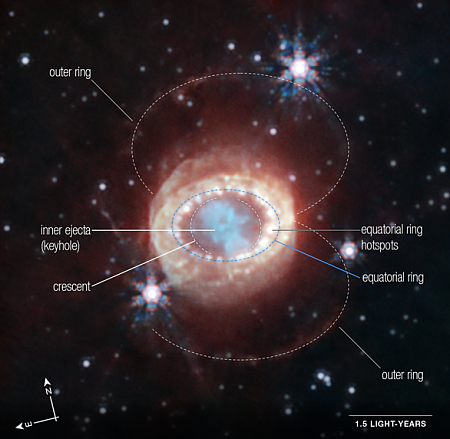The New York Times suddenly allows two scientists to admit the Big Bang theory might be wrong

Modern science
The refusal by many in the scientific community to deny there is any uncertainty of science has been best illustrated for decades by the cosmologists who have put together the framework of the standard model for the creation of the universe, centered on the Big Bang, and their pitchmen in the mainstream press. Since the 1960s any skepticism of this model was generally treated as equivalent to believing in UFO’s, aliens, and the Face on Mars.
Thus, astronomers and astrophysicists did what necessary to protect their careers. Even if they had great doubts about the standard model and the Big Bang, they generally kept their mouths shut, saying nothing. Meanwhile, our increasingly corrupt press pushed this one explanation for the formation of the universe, treating the cosmologists who pushed it as Gods whose every word was equivalent of an oracle that must never be questioned.
This past weekend the New York Times suddenly admitted to the uncertainty surrounding the Big Bang, and for possibly the first time in decades allowed two scientists to write an op-ed that carefully outlined the problems with the standard model and the Big Bang theory, problems that have existed and been growing since the 1990s but have been poo-pooed as inconsequential and easily solved. Data from the Webb Space Telescope however has made that poo-pooing more and more difficult, as astrophysicists Adam Frank and Marcelo Gleiser make clear:
» Read more















